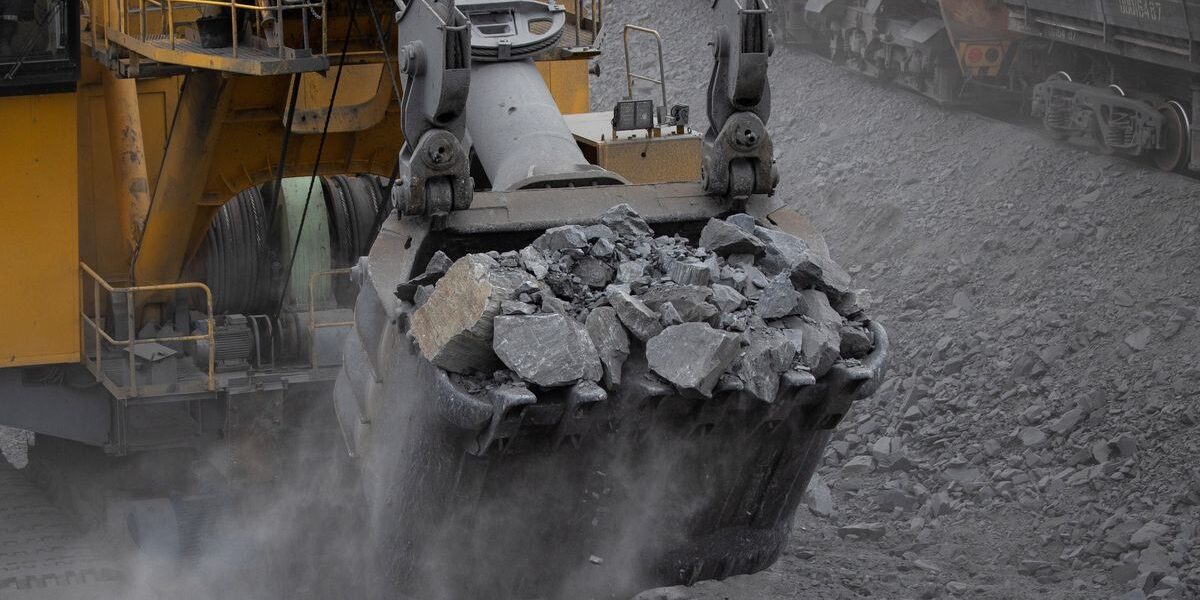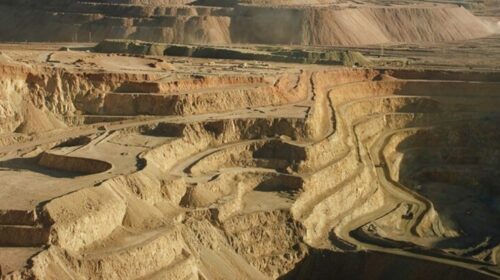Global iron ore production growth to accelerate through 2026 (Report)
Growth in global iron ore production will accelerate in coming years, ending the stagnation that has persisted since iron ore prices hit a 10-year average of $55 a tonne in 2015, the report says. market analyst Fitch Solutions in its latest industry report.
Continued, albeit slower, growth in Australia, faster growth in Brazil and stabilization of ore production in mainland China will be key growth drivers, Fitch said. China will invest heavily in overseas mining to improve iron ore supply security, and Guinea will be a major beneficiary of this trend through the Simandou project.
Fitch forecasts average global mining production growth of 2.7% over the period 2022-2026, compared to -1.3% in the previous five years. This would increase annual production by 361.7 million tonnes in 2026 from 2022 levels, roughly equivalent to the combined production of Russia, India and South Africa in 2022.
Supply growth will be mainly driven by Brazil and Australia, while Brazilian miner Vale has aggressive expansion plans, notes Fitch, adding that Australian miners including BHP, Rio Tinto and Fortescue will reinvest the profits currently supported in additional production.
In mainland China, iron ore production will increase again over the next three to four years as the country strives to increase self-sufficiency and reduce Australian imports, which have fallen significantly in recent years, predicts the ‘analyst.
With Chinese miners operating at the upper end of the iron ore cost curve and domestic ore grades continuing to fall, Fitch expects Chinese companies to prioritize investment in iron ore mines. iron ore abroad, such as the giant Simandou deposit in Guinea.
Production growth will stagnate in the long term and Fitch expects production to peak around the middle of the decade, just short of 1 billion tonnes. This slowdown in production will be due to the mothballing of mines by junior miners and a decline in capital expenditure by large companies as iron ore prices fall, says Fitch.
The majors continue to reduce costs and increase production over the longer term by focusing as much as possible on higher quality ores to improve their margins and provide “green” steel production.
41 total views , 1 views today





